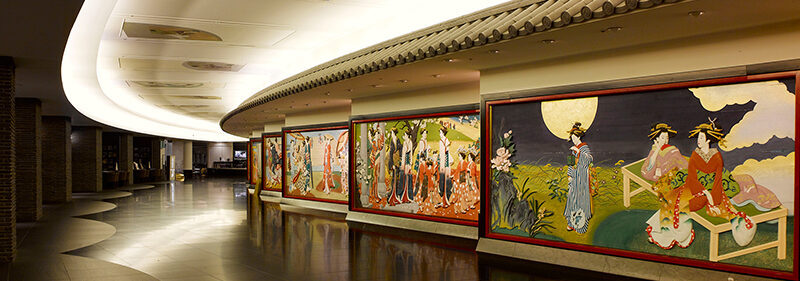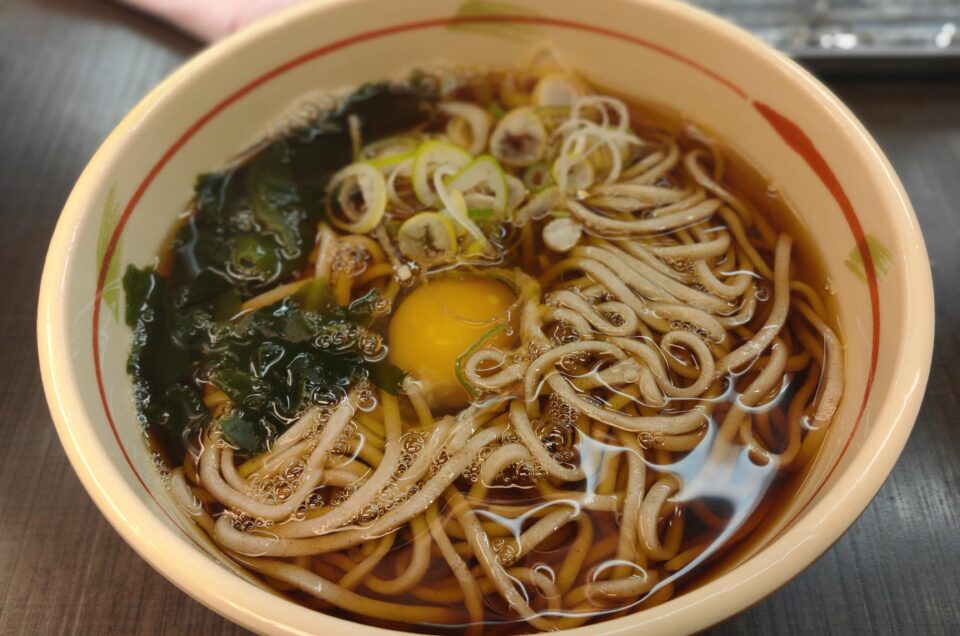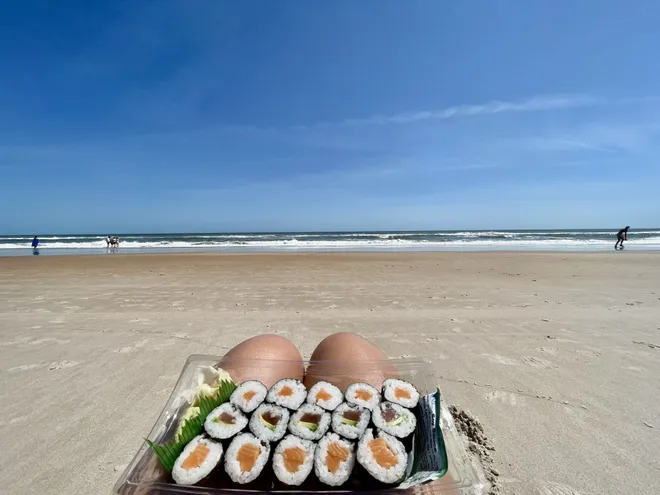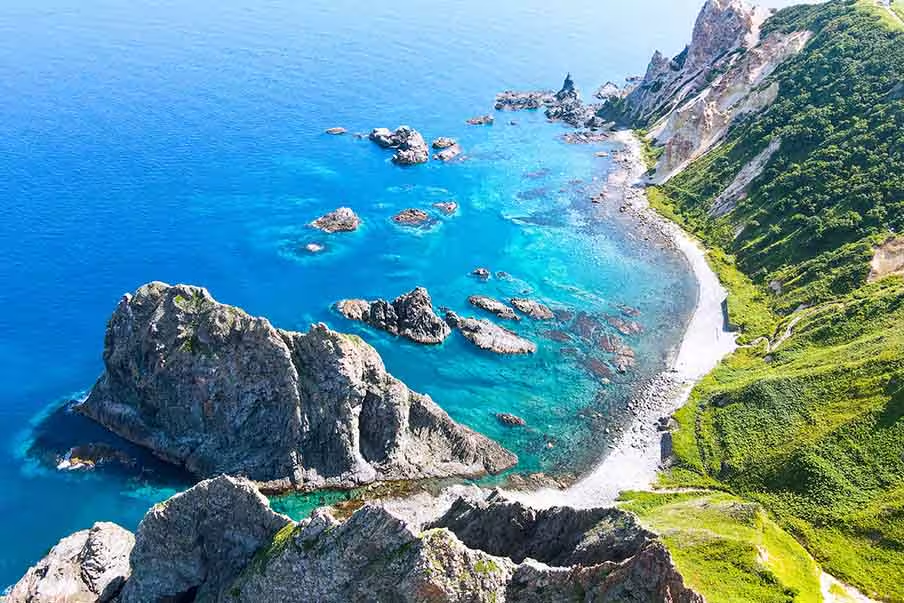Japan’s Art Odyssey: Where Tradition Meets Innovation. Japan, renowned for its rich cultural heritage and innovative modernity, stands as a captivating destination for art enthusiasts around the globe. While Tokyo pulsates with the vibrancy of world-class museums and galleries, venturing beyond the bustling metropolis unveils a tapestry of art hubs waiting to be discovered. From serene islands adorned with contemporary installations to tranquil gardens housing masterpieces, Japan offers a myriad of immersive experiences for the discerning traveler. Join us on an enchanting journey as we delve into Japan’s top art destinations, each offering a unique blend of tradition, creativity, and inspiration.
Naoshima, Teshima and Inujima: A Triad of Contemporary Art Wonderlands
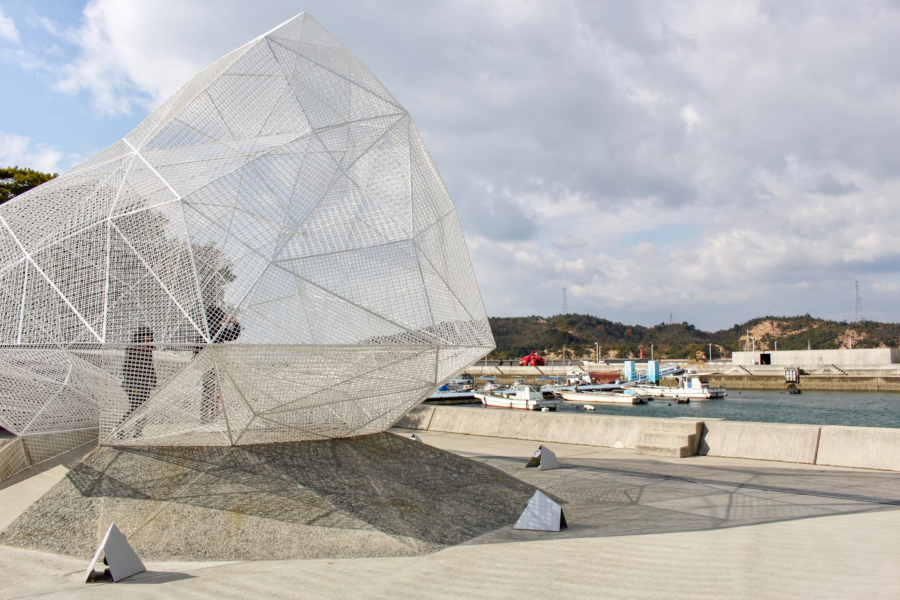
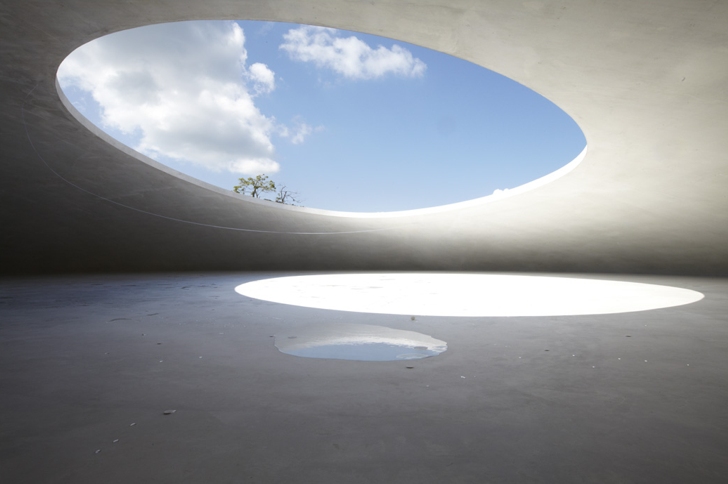
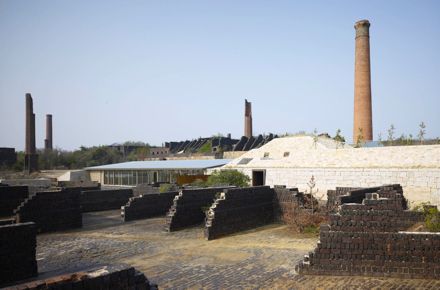
Nestled amidst the serene waters of Japan’s Seto Inland Sea lie three islands—Naoshima, Teshima, and Inujima—each a testament to the country’s thriving contemporary art scene. These picturesque islands, easily navigable by foot or bicycle, beckon visitors with their surreal landscapes adorned with monumental art installations. Naoshima, the crown jewel of the trio, boasts Yayoi Kusama’s iconic polka-dotted pumpkins and the awe-inspiring Teshima Art Museum. Meanwhile, Inujima enchants with its eclectic Art House Project, offering a whimsical glimpse into the intersection of art and rural life. Explore the Benesse Art Site for a comprehensive guide to these artistic havens and indulge in the luxurious accommodations of Benesse House hotel for an immersive cultural retreat.
Isamu Noguchi Garden Museum Japan: A Tribute to Artistry and Serenity

A short ferry ride from Naoshima transports travelers to the tranquil enclave of the Isamu Noguchi Garden Museum Japan. Situated in Mure, a quaint town near Takamatsu, this museum pays homage to the prolific artist Isamu Noguchi. Steeped in Noguchi’s legacy, the museum exudes the ambiance of an intimate artist’s studio, showcasing over 150 sculptures amidst serene surroundings. Visitors are invited to immerse themselves in Noguchi’s creative realm, where unfinished works and poignant sculptures converge to celebrate the essence of artistic expression.
Adachi Museum of Art: Where Nature and Creativity Converge
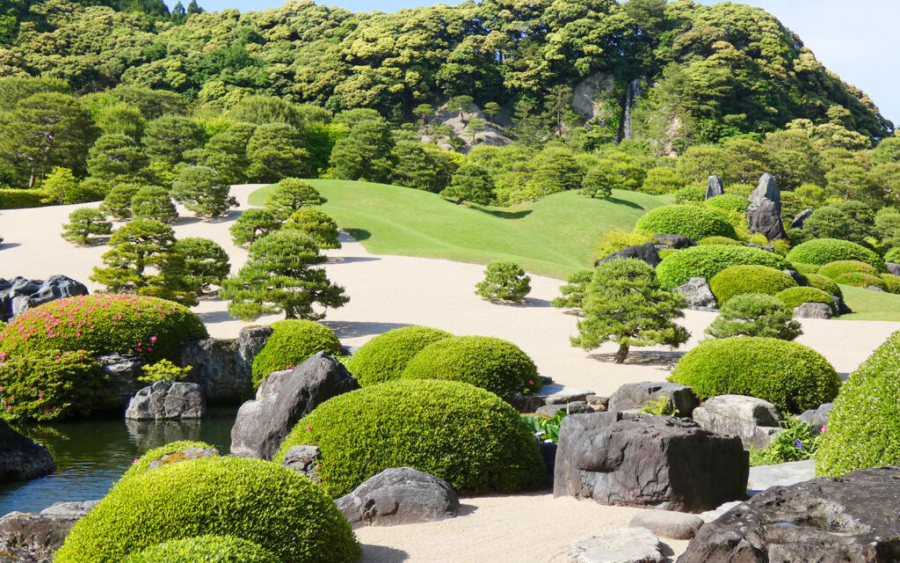
In the heart of Shimane Prefecture lies the Adachi Museum of Art, a sanctuary where art seamlessly intertwines with nature. Renowned for its meticulously curated gardens, the museum offers a captivating journey through verdant landscapes and meticulously manicured flora. Beyond its natural splendor, the museum houses an extensive collection of modern and contemporary Japanese art, including works by the esteemed painter Yokoyama Taikan. Marvel at Taikan’s vibrant masterpieces, such as the evocative Autumn Leaves adorning six-panel folding screens, and immerse yourself in the timeless beauty of Japanese artistry.
Miho Museum: A Treasure Trove of Cultural Heritage

Nestled amidst the scenic vistas of Shiga Prefecture lies the Miho Museum, a testament to the vision of textile heiress Mihoko Koyama. Designed by the legendary architect I.M. Pei, this architectural marvel houses Koyama’s private collection of Asian and Western antiques, offering a glimpse into the intricate tapestry of cultural heritage. Wander through the museum’s subterranean galleries adorned with rare artifacts and exquisite artworks, and savor a culinary experience at the museum’s café, where locally sourced produce complements the gastronomic delights. With its ever-evolving exhibits and immersive ambiance, the Miho Museum promises a captivating odyssey through the corridors of time and culture.
Echigo-Tsumari Art Field: Where Art and Community Flourish

Explore Echigo-Tsumari Art Field, where art blends with rural life, creating an immersive landscape waiting for your discovery journey. Covering 760 sq km, Echigo-Tsumari Art Field displays 160+ global art installations, offering a glimpse into humanity’s collective imagination. Join the Echigo-Tsumari Triennale, celebrating art, culture, and creativity amidst Japan’s scenic countryside, fostering community engagement and collaboration. Traverse the verdant fields and quaint villages, and immerse yourself in the transformative power of art to unite and inspire.
Arte Piazza Bibai: A Symphony of Sculptures Amidst Nature’s Canvas

Located amidst the scenic splendor of Hokkaido Prefecture, Arte Piazza Bibai beckons travelers with its captivating array of sculptures. Kan Yasuda’s sculptures grace Hokkaido’s serene park, blending seamlessly with its natural allure, crafted to captivate and harmonize. Stroll through serene scenery, marvel at Yasuda’s marble and bronze masterpieces, evoking wonder and contemplation in the tranquil atmosphere. Embrace the tranquility of Arte Piazza Bibai and immerse yourself in a symphony of art and nature.
Hakone Open-Air Museum: A Sanctuary of Sculpture and Serenity

In Kanagawa, the Hakone Open-Air Museum offers a scenic exploration of diverse art forms within its captivating landscape. Hakone Open-Air Museum showcases 100+ outdoor installations by modern masters amid lush gardens. Highlights include Henry Moore sculptures and Picasso works. Discover timeless art at Hakone Open-Air Museum, immersing in cultural exploration amid breathtaking scenery and captivating exhibits. Japan’s art destinations offer more than appreciation; they provide a profound connection to cultural heritage and innovation spirit. Each locale weaves a timeless narrative, inviting travelers on a journey of self-discovery and enlightenment beyond time and space.
Engaging with Japan’s Artistic Narrative
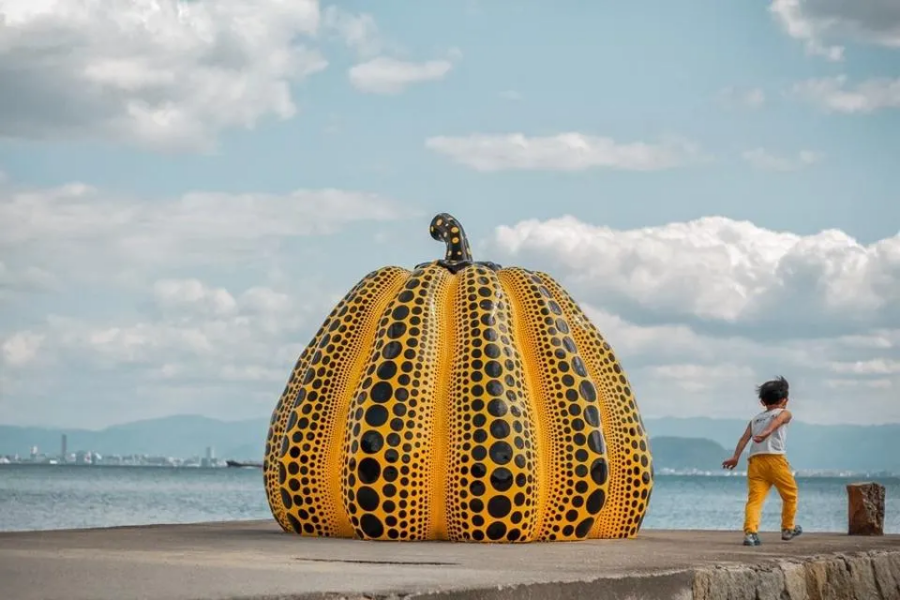
From Adachi Museum’s tranquil gardens to Echigo-Tsumari Art Field, Japan’s artistic landscape fosters dialogue, reflection, and collective expression. Visitors actively participate in Japan’s narrative of creativity and culture, where each brushstroke and sculpture tells a story.
Art as a Catalyst for Social Change
Art destinations catalyze community engagement, sustainable tourism, fostering pride and stewardship among local residents, contributing to cultural preservation. Echigo-Tsumari Triennale unites artists and communities, celebrating art’s transformative power in revitalizing rural landscapes and preserving cultural heritage.
Travelers immerse in Japan’s vibrant artistry amid picturesque landscapes, enveloped in wonder and awe throughout their journey. Each encounter with art prompts introspection, offering fleeting glimpses into humanity’s collective consciousness and the enduring legacy of expression.
Japan’s art destinations transcend boundaries, inspiring change and uniting people, serving as sanctuaries for the soul. Embark on a journey, embrace beauty, wonder, and celebrate Japan’s timeless artistic marvels, discovering the legacy that surrounds us.
Evolution of Japanese Artistry
Furthermore, Japan’s commitment to artistic innovation is reflected in its dedication to preserving cultural heritage while embracing contemporary trends. The juxtaposition of ancient traditions with modern interpretations creates a dynamic cultural landscape that captivates and inspires visitors. Witness Japanese artistry evolve in real-time, from Kyoto’s traditional craftsmanship to cutting-edge installations on Seto Inland Sea’s art islands.
Art as a Sanctuary
Japan’s art destinations offer aesthetic pleasures and resonate with themes of harmony, balance, and interconnectedness. These destinations blend art into nature, museum spaces, and immersive experiences, evoking mindfulness and introspection. Pause, reflect, find solace amidst modern chaos, rekindling wonder and reverence for surrounding beauty. Japan’s art destinations are sanctuaries, transcending aesthetics to uplift, inspire, and unite us through transformative power.

